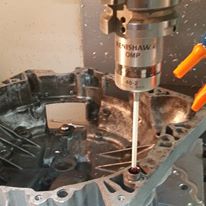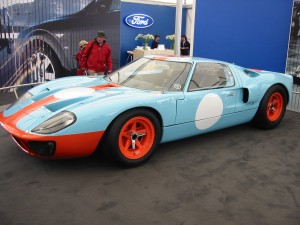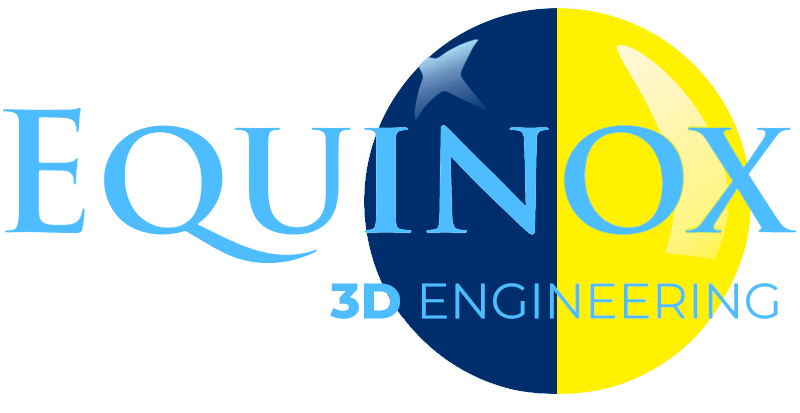Reverse Engineering – A systematic approach
Reverse engineering is an important function for a lot of companies that are developing new products or renovating obsolete assemblies. In modern industrial design we are often interested in adapting some commonly available part or simply capturing it’s form for use in part of an assembly. Traditionally we’d be CAD modelling the item by measuring it manually with vernier calipers, tape measures etc. For more complex items that required a higher degree of accuracy we’d employ CMM machines.
CMM probe – useful but restricted for complex shapes
We have the requirement to develop a gear shift mechanism for a replica GT40 sportscar manufacturer. This required interfacing with an OEM Audi gearbox, and the big challenge of taking a right hand drive, right hand side mounted gear shift mechanism and connecting it to the the selector shaft on the left of the gearbox. Gear shift mechanisms are notoriously difficult to make with the correct feel and accuracy without facing the prospect of multiple linkages.
GT40 Supercar
However the selector shaft traverses the gearbox and with modification we realised that it could be made to come through the reverse light switch housing and out onto the right hand side solving a lot of problems in one go. The challenge become one of determining accurately the position and angle that the shaft runs at in order to know how to make a new housing that it could pass through and still remain sealed to the oil inside.
Scan data result with original part
If you have a design or product development challenge that requires close attention to detail and a fast, cost effective turn around, then why not contact us today.
info@equinox3dengineering.co.uk
Telephone: (01227) 371117







